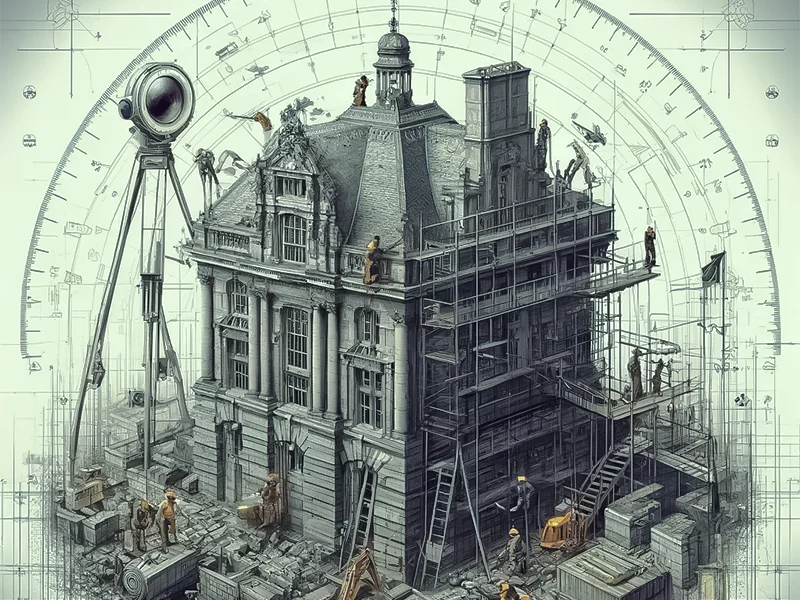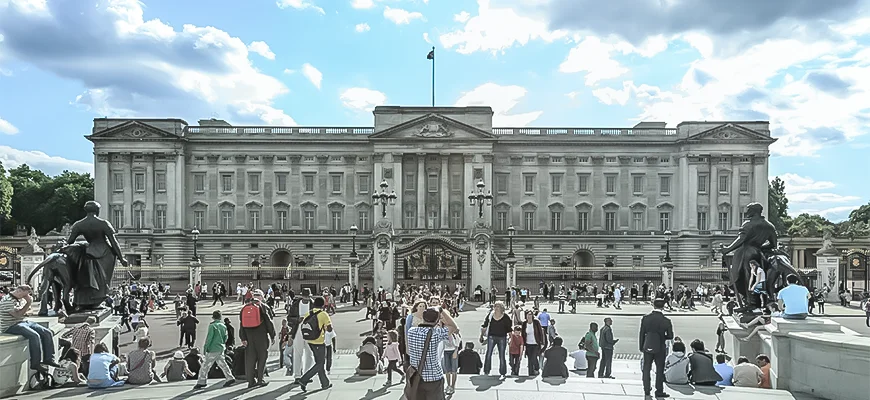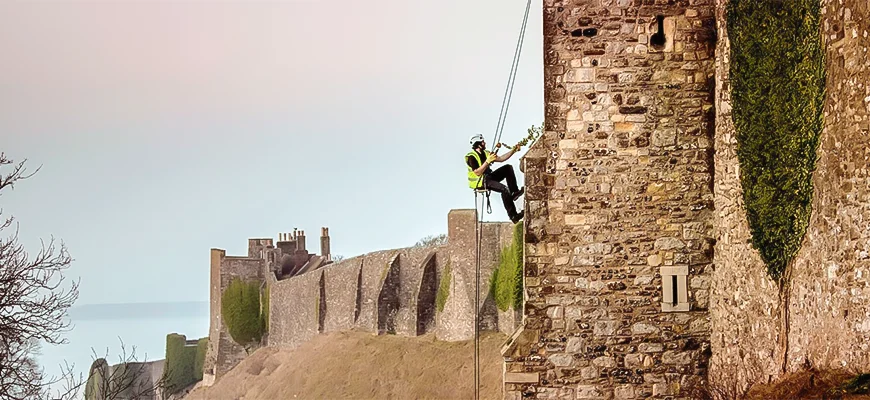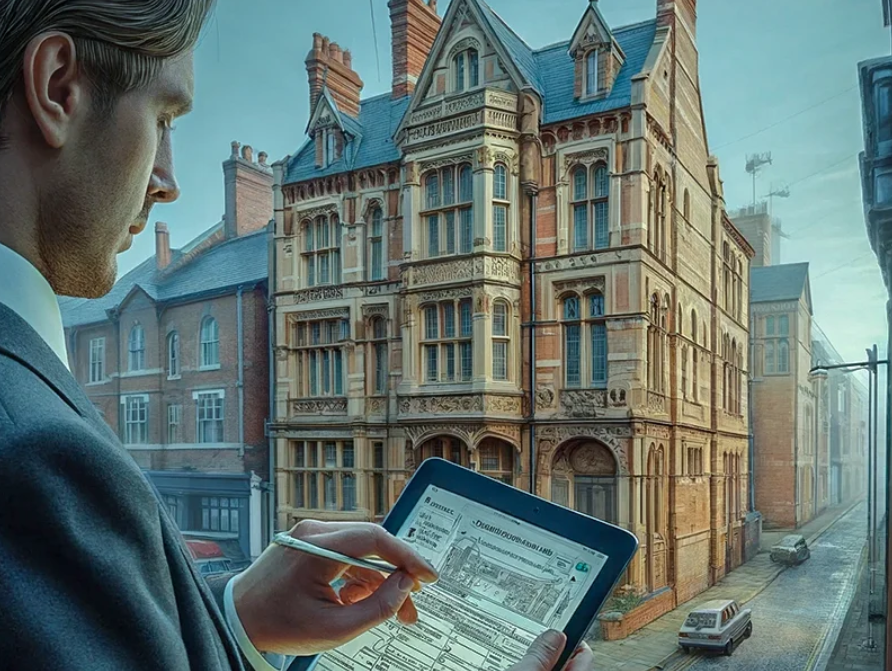
In today’s blog, we are going to be talking about the benefits of heritage preservation. We know that you’re very much interested in getting to know about that so, let’s get started!
📍 Want to Protect Our Architectural Legacy?
Preserving heritage sites ensures history lives on while supporting sustainable development. Let Survey2Plan provide expert heritage surveying!
📞 0161 531 6641 📩 info@survey2plan.com 💬 Get a Quotation
Fast & Accurate Surveys | Trusted by Architects, Developers & Contractors
What Are the Benefits of Preserving Heritage?
We must also mention that through heritage preservation, governments and local bodies can foster a safe and rich environment for the masses. We can’t wait to share all the benefits of preserving heritage. So, make sure that you guys read the blog till the very end.
1. Fostering Cultural Diversity
Through cultural preservation, languages, traditions & practices and even belief systems can be displayed – allowing diverse communities to learn about each other. By celebrating other cultures, a better and more peaceful society can be formed. And not just locally but at international levels as well.
2. Safeguarding Cultural Identity
When a culture is preserved by safeguarding historic buildings as well as traditions, languages, etc., the present and future generations can stay connected to their roots. That too, in more than one way. And they will obviously pass on their rich traditions to their future generations later. So, it is like a cycle that benefits the masses who can live their lives with a sense of belonging.
3. Creating Educational & Learning Opportunities
Do you also wonder if cultural preservation fosters educational & learning opportunities? The one word answer to this question is yes. And the detailed one goes like this:
Preservation of historic buildings allows the communities of other cultures to visit and participate in activities where they can learn about their fellows. In addition, they can also engage themselves in immersive learning activities – regardless of their age, cultural values, etc. We must also mention that heritage sites also offer such activities.
For example; they can arrange site tours for students, special events to celebrate mother tongues and more. And that’s not it. Governments and local bodies can also work together to develop curriculums for interdisciplinary educational opportunities. By doing so, they will foster an environment that appreciates other cultures for what they are.
4. Boosting Tourism & Economic Development

5. Promoting Community Cohesion
The concerned authorities, when put in continued efforts to preserve shared spaces, not only encourage community engagement at various levels but also foster social interaction at a bigger level. All of that is necessary for the development and growth of a society which is rich in its values.
6. Creating A Sense of Place for The People
A specific monument, landmark or even a landscape, if properly maintained in the context of heritage preservation, serves as the very element of keeping a culture alive in a country. Anyone from that culture can pay a visit to that place as per their religious or cultural beliefs and can still feel connected to their ancestors; especially if they live in a foreign land. We must also mention here that it’s the responsibility of the local authorities to ensure complete access to the visitors so that they do not feel restricted while exploring their own culture.
7. Opting for Environmental Sustainability

We are sure that you guys must be wondering how heritage preservation opts for environmental sustainability. In this part of the blog, we would like to focus on the strong relationship between heritage preservation and environmental sustainability. And that’s more than just the use of the buzzwords, so continue reading the blog to know more!
Cultural preservation must be done as per the existing architecture by using only those materials and renovation ideas that won’t impact the only character of the historic buildings and artifacts. So, when the concerned authorities participate in cultural preservation, they opt for the adaptive reuse of heritage structures.
In addition, when local and sustainable building materials are utilized, they usually jell in with the original architecture – without harming the environment. Furthermore, the preservation of culturally historic parks also plays a crucial role in promoting environmental sustainability. We need to mention that this practice can also develop a sense of pride among the people who follow a specific culture.
Conclusion
Lastly, it must be kept in mind that heritage preservation, including the crucial role of heritage surveys, is more than just restoring historic buildings and keeping them accessible to tourists for economic growth. It’s the sense of place and pride that matters for hundreds and thousands of people who follow indigenous cultures. Since there is little to no existence of what their ancestors used to have, it is through these monuments, often identified and assessed through heritage surveys, that their cultural legacies are maintained and honored.




